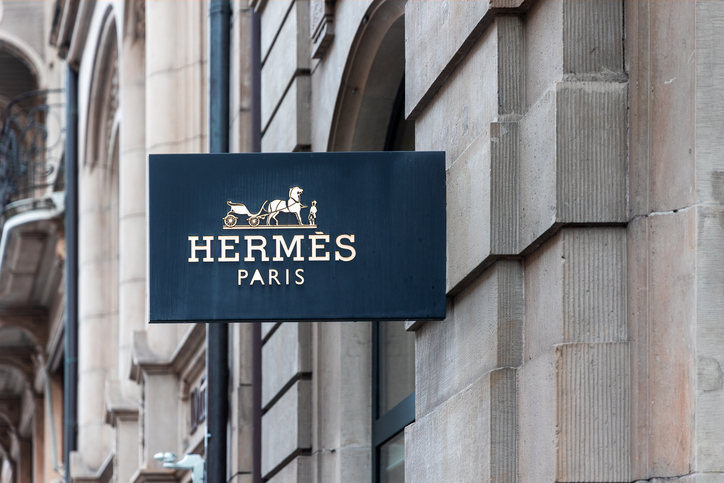On April 10, 2025, the Paris Judicial Court handed down a pivotal decision in favour of Hermès, finding that S.A.S. MAISON R&C, S.A.S. ATELIER R&C, and Géraldine Lugassy Demri had infringed Hermès’ copyrights and its registered word mark by incorporating parts of Hermès silk scarves—featuring original graphic works—onto denim jackets marketed as upcycled fashion.
The defendants argued that their use of Hermès scarves in new garments was protected by artistic freedom, environmental concerns, and the principle of exhaustion. However, the court firmly rejected these defences.
At issue were patches cut from genuine Hermès scarves—often still bearing the ‘Hermès’ name—sewn onto Levi’s denim jackets, which were sold and advertised online and on social media. Some jackets were pre-designed, while others were customizable, with additional Hermès scarf options available from a catalogue. The court found that these practices constituted both copyright and trademark infringement.
Key takeaways from the ruling include:
Originality Confirmed: The court dismissed arguments that the scarf designs lacked originality, affirming that each was the result of the designers’ creative choices and therefore protected under copyright.
Exhaustion Denied: The court applied a narrow interpretation of the exhaustion principle, stating that even attaching original scarves to jackets altered the mediumof the copyrighted work, thus blocking the defendants from claiming lawful resale rights.
No Artistic or Environmental Shield: While acknowledging the importance of art and sustainability, the court concluded that the defendants’ primary motive was commercial, not creative or ecological. As such, neither defence applied.
Trade Mark Infringement: The appearance—and in some cases, removal—of the ‘Hermès’ name on the upcycled jackets gave rise to trade mark liability. The court found that altering the condition of the original goods and reintroducing them into the market, with or without the trademark, created a likelihood of confusion and undermined Hermès’ brand control.
This decision is a milestone in fashion law. It underscores how upcycling, while commendable in principle, must navigate the boundaries of intellectual property law. The ruling reinforces that reusing luxury goods in new creations—particularly when tied to branding—requires careful legal consideration.
The case highlights an emerging tension in the industry: the push for sustainability vs. the protection of creative and brand rights. As courts continue to draw these lines, fashion entrepreneurs and upcyclers should proceed with caution.





